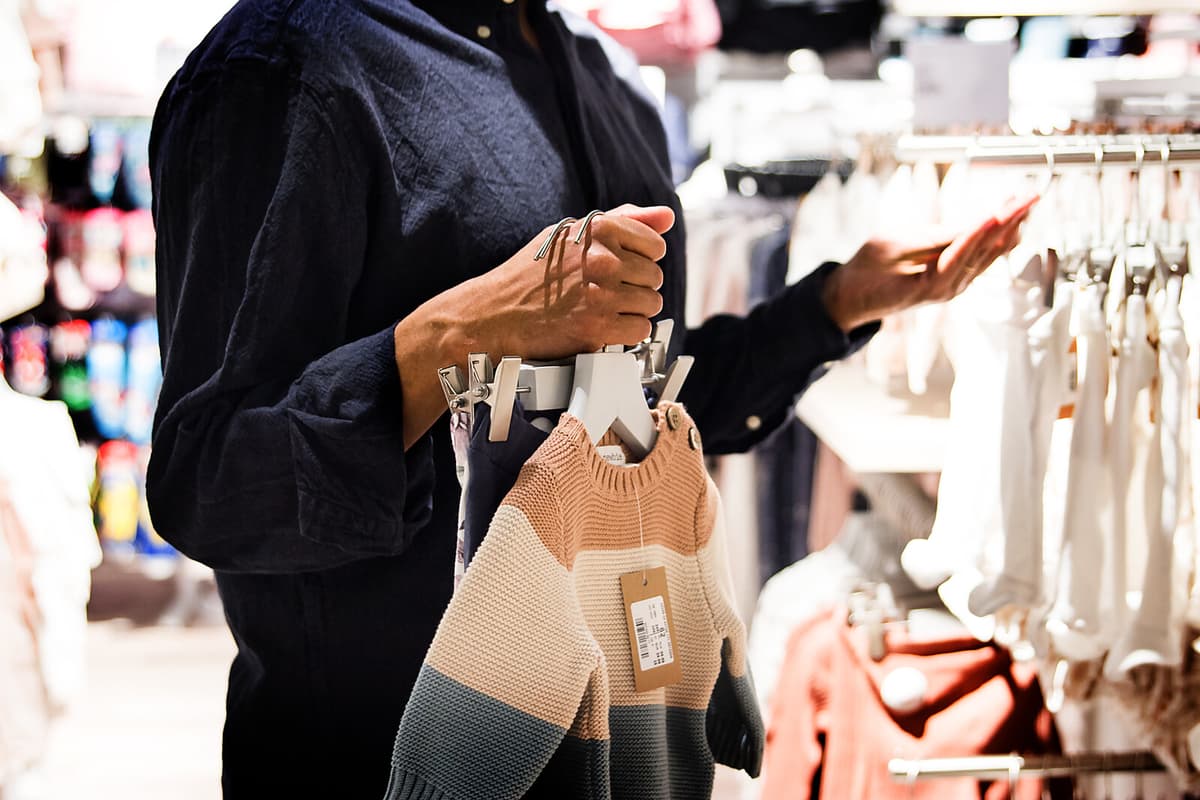Despite a continued weaker mood than normal, the so-called confidence indicator for households rose very strongly, according to KI's monthly measurements. The household barometer rose from 84.9 in June to 90.7 in July, the second largest increase in a month since the series started in 1996.
The barometer shows an increase in all sub-indicators, but mainly in questions related to the household's own economy, both in terms of development over the past twelve months and expectations for the next twelve months.
Expected upturn in consumption
Despite a period of lower inflation, real wage increases and interest rate cuts, households' expected optimism has so far been delayed in a cautious caution. Much suggests that households are now starting to become more optimistic again, according to Jens Magnusson.
Now the turnaround we've been waiting for may be on its way, he says.
The housing market is usually a bit slow to move. On the other hand, an upturn in retail trade may come soon, he believes, something that fresh SCB figures partially confirm.
Households recovered
If we are on our way out of a long-lasting low-conjuncture, it is too early to say, according to Jens Magnusson.
But more optimistic households are usually less cautious and willing to consume more. From a growth perspective, it is positive.
The fact that the turnaround comes just now may be because people may have gotten back what they lost when interest rates and inflation were high, Jens Magnusson believes.
Households' net and gross wealth are solid and the stock market is doing better after a turbulent spring with tariff games.
Although KI has not yet caught the mood after the trade agreement between the EU and the USA on Sunday.
The market can remove a concern, which benefits savers and the stock market. But 15 percent tariffs are quite a lot. For those who work in companies with the USA as an important market, it may become difficult, says Magnusson, who still believes in a continued brightening for households and the economy.





